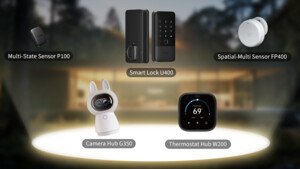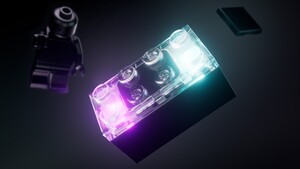Although no maximum length for an HDMI cable is specified, signal attenuation (dependent on the cable's construction quality and conducting materials) limits usable lengths in practice[68][69] and certification is
difficult to achieve for lengths beyond 13 m.[70] HDMI 1.3 defines two cable categories: Category 1-certified cables, which have been tested at 74.5 MHz (which would include resolutions such as 720p60 and 1080i60), and Category 2-certified cables, which have been tested at 340 MHz (which would include resolutions such as 1080p60 and 2160p30).[6](§4.2.6)[62][71] Category 1 HDMI cables are marketed as "Standard" and Category 2 HDMI cables as "High Speed".[4] This labeling guideline for HDMI cables went into effect on October 17, 2008.[72][73] Category 1 and 2 cables can either meet the required parameter specifications for interpair skew, far-end crosstalk, attenuation and differential impedance, or they can meet the required nonequalized/equalized eye diagram requirements.[6](§4.2.6) A cable of about 5 meters (16 feet) can be manufactured to Category 1 specifications easily and inexpensively by using 28 AWG (0.081 mm²) conductors.[68] With better quality construction and materials, including 24 AWG (0.205 mm²) conductors, an HDMI cable
can reach lengths of
up to 15 meters (49 feet).[68] Many HDMI cables under 5 meters of length that were made before the HDMI 1.3 specification can work as Category 2 cables, but only Category 2-tested cables are guaranteed to work for Category 2 purposes.[74]
https://en.wikipedia.org/wiki/hdmi



